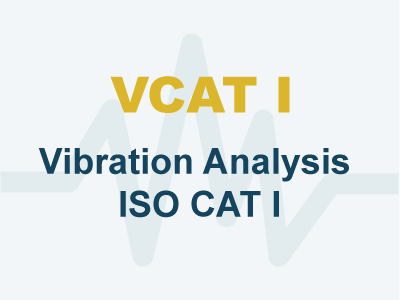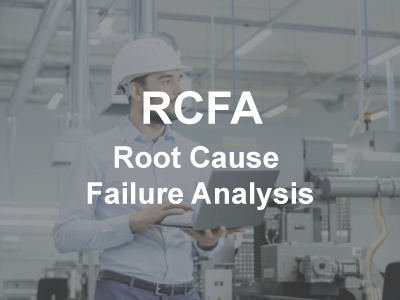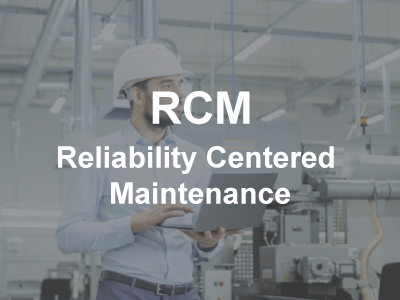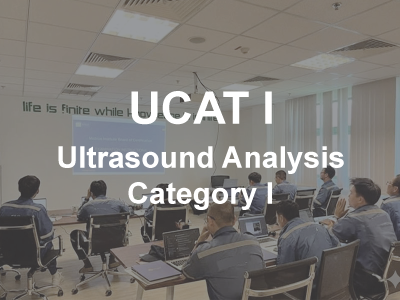
Welcome to the beginning of the vibration analysis journey.
The good news is you are in the right place. Our VCAT-I ISO Category I course will set you up for success.
Once you complete the training, you can take the exam with confidence and become certified to ISO 18436-2 Category I via the internationally respected Mobius Institute Board of Certification (MIBoC).
The MIBoC certification is accredited to ISO/IEC 17024 — there is no higher standard.
You will join thousands of other Mobius Institute certified analysts around the world.
This course is ideal for:
Individuals who are new to vibration analysis
Maintenance or rotating equipment personnel
Technicians who use vibration data collectors
Those with no prior experience or certification in vibration analysis
There are numerous benefits to taking this course. You will gain knowledge and skills in the following areas:
An overview of condition monitoring, including the most commonly used technologies
Reliability improvement strategies and techniques
The critical role of vibration analysis in improving machine reliability
A better understanding of how machines work through the supplementary self-study “Equipment Knowledge” section of the manual
The fundamentals of vibration, including waveforms, spectra, and key metrics such as overall levels, RMS, peak, peak-to-peak, and crest factor
How to collect accurate, repeatable, and high-quality vibration data
Understanding of vibration sensors—how they work, and how and where to mount them properly
The basic steps of the analysis process, with a focus on interpreting vibration spectra
Core analyzer settings, such as fmax, resolution, and averaging
An introduction to setting alarm limits based on vibration data
Insight into common machine failure modes and how to detect them—such as rolling element bearing faults, unbalance, misalignment, looseness, and resonance
TOPICS COVERED
| Review of maintenance practices Condition monitoring • Why it works • Ultrasound, infrared, oil analysis, wear particle analysis, and electric motor testing Principles of vibration • Waveforms • Metrics: overall levels, RMS, Pk, Pk-to-Peak, and crest factor Introduction to vibration measurement • Vibration sensors: displacement, velocity, acceleration • Vibration units • Mounting: where and how • Naming conventions • Repeatability and quality • Vibration axes: V, H, A, R, and T • What are “routes” and how do you create them? • Detecting and avoiding poor data An introduction to the time waveform An introduction to the spectrum • An introduction to forcing frequencies A brief introduction to phase | Signal processing (just the absolute basics) • A quick tour of your analyzer settings • Fmax • Resolution • Spectral averaging Vibration analysis • The spectrum analysis process What is resonance – a quick introduction Diagnosing common fault conditions • Unbalance • Misalignment • Rolling element bearing failure • Looseness • Resonance Setting alarm limits
|







